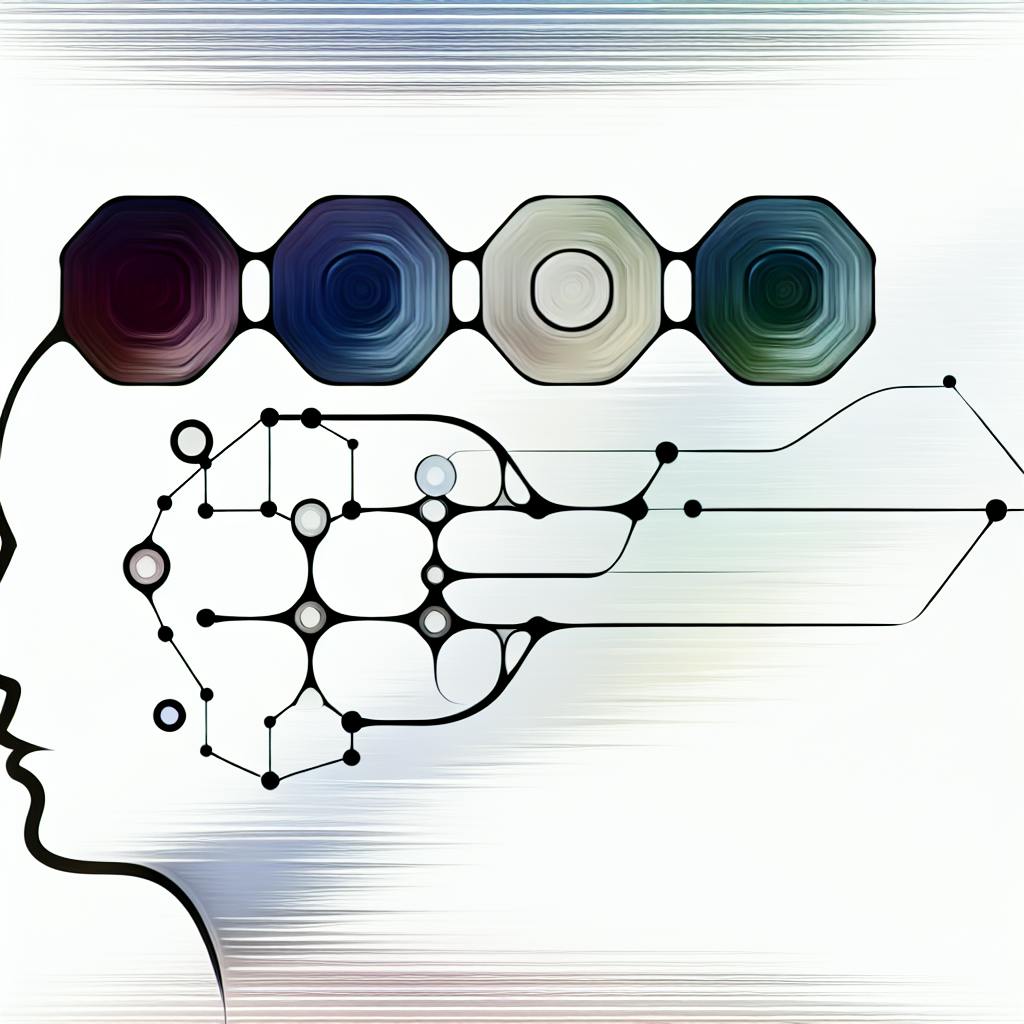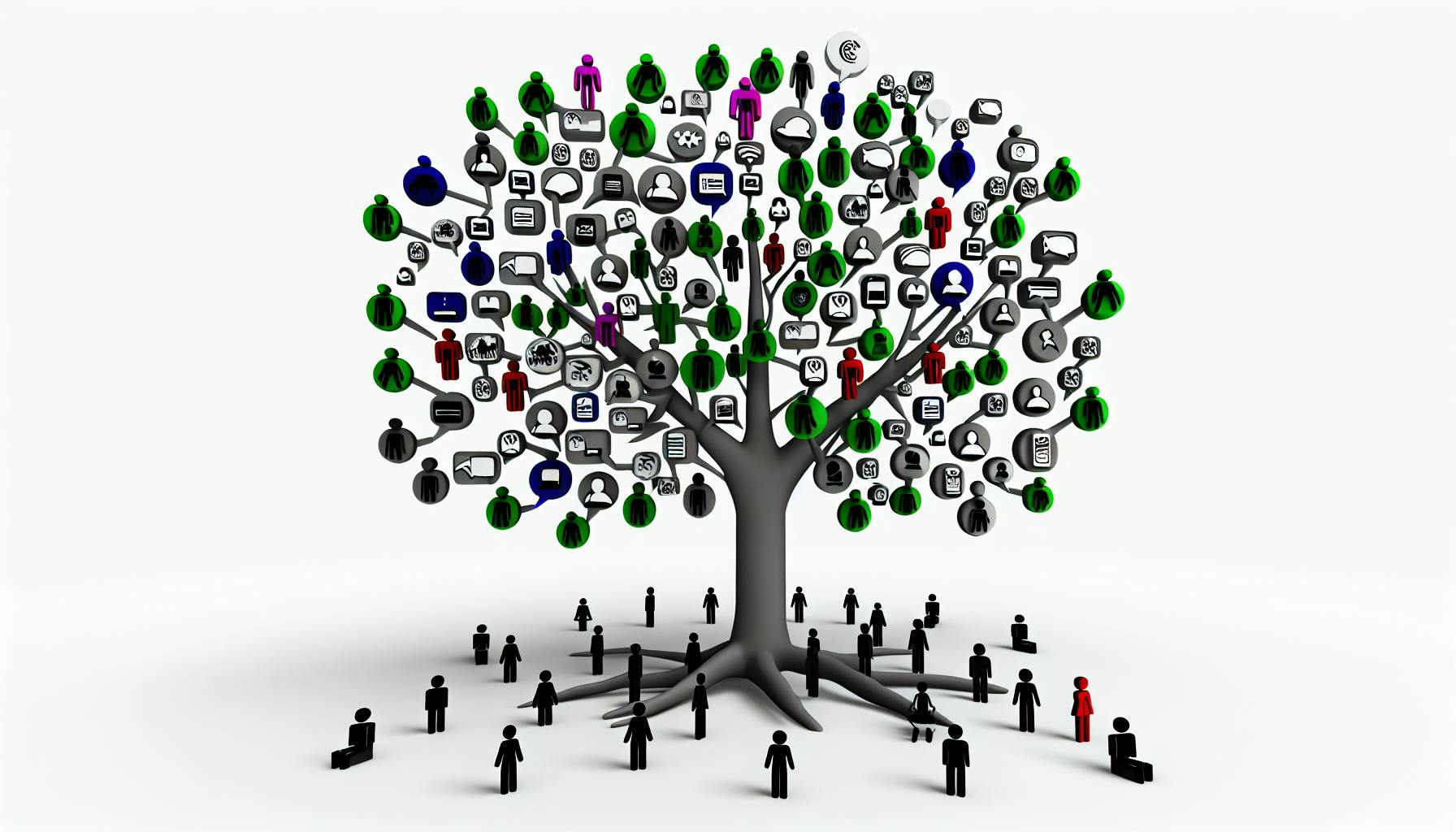Empowering employees with autonomy is crucial for modern workplaces. These 5 HR tech tools can help boost employee autonomy, leading to increased productivity, job satisfaction, and retention:
-
Digital Adoption Platforms (DAPs) - Provide in-context assistance, simplify time tracking and compliance, and enable access to HR information and self-service capabilities.
-
Self-Service Portals - Allow employees to access HR information, manage personal data, request time off, view pay stubs and benefits, and access training resources.
-
Time Tracking and Attendance Systems - Automate time tracking, provide performance insights, enable self-service capabilities, and ensure compliance with labor laws.
-
Learning Management Systems (LMS) - Support continuous learning and development, enable access to training resources, and track employee progress.
-
Payroll and Benefits Management Systems - Give employees access to payroll and benefits information, automate time tracking and compliance, and streamline administration.
| HR Tech Tool | Key Benefits |
|---|---|
| Digital Adoption Platforms | Enhance remote work, simplify compliance, enable self-service |
| Self-Service Portals | Empower employees, reduce admin tasks, support learning |
| Time Tracking Systems | Simplify compliance, provide insights, enable self-service |
| Learning Management Systems | Support learning, enhance performance, empower employees |
| Payroll/Benefits Systems | Provide access to information, automate processes, ensure compliance |
By investing in these HR tech tools, organizations can create a more human-centered workplace where employees feel valued, respected, and empowered to take ownership of their work.
1. Digital Adoption Platforms (DAPs)
Enhancing Remote Work Performance
Digital Adoption Platforms (DAPs) are software solutions that simplify the learning process for employees. They do this by layering on top of other software products, apps, or websites, and guiding users through key tasks. This accelerates proficiency and provides helpful information as users navigate the product.
Access to HR Information and Self-Service Capabilities
DAPs enable employees to access HR information and self-service capabilities, allowing them to manage their own learning and development. This includes features such as:
- Walkthroughs
- Tips
- Notifications
- Videos
- Searchable articles
These features provide in-context assistance to users, reducing the need for IT and support teams. Employees can focus on more strategic tasks, leading to increased productivity and job satisfaction.
Simplification of Time Tracking and Compliance
DAPs can also simplify time tracking and compliance by providing a centralized platform for employees to manage their time and attendance. This ensures accurate tracking of work hours and helps organizations maintain compliance with labor laws and regulations.
By implementing a DAP, organizations can boost employee autonomy, reduce IT and support team dependency, and enhance remote work performance. This leads to increased productivity, job satisfaction, and retention.
2. Self-Service Portals

Access to HR Information and Self-Service Capabilities
Self-Service Portals are a crucial tool for empowering employees. These portals provide a centralized platform for employees to access HR information, manage their personal data, and perform various self-service tasks.
| Self-Service Tasks | Description |
|---|---|
| Updating personal information | Employees can update their personal details, such as address, phone number, and emergency contacts. |
| Requesting time off | Employees can request time off, including vacation days, sick leaves, and other absences. |
| Accessing pay stubs and benefits information | Employees can view their pay stubs, benefits information, and other compensation details. |
| Viewing company policies and procedures | Employees can access company policies, procedures, and other important documents. |
By providing employees with direct access to HR information and self-service capabilities, organizations can reduce the administrative burden on HR teams and empower employees to take control of their own HR-related tasks.
Simplification of Time Tracking and Compliance
Self-Service Portals can also simplify time tracking and compliance by allowing employees to easily clock in and out, request time off, and view their attendance history. This ensures accurate tracking of work hours and helps organizations maintain compliance with labor laws and regulations.
Support for Continuous Learning and Development
Additionally, Self-Service Portals can support continuous learning and development by providing employees with access to training materials, online courses, and career development resources. This enables employees to take ownership of their professional growth and development, leading to increased job satisfaction and retention.
By implementing a Self-Service Portal, organizations can boost employee autonomy, reduce administrative tasks, and enhance remote work performance. This leads to increased productivity, job satisfaction, and retention.
3. Time Tracking and Attendance Systems

Simplifying Time Tracking and Compliance
Time tracking and attendance systems are essential for empowering employees, especially in remote work settings. These systems provide an efficient way to track work hours, monitor productivity, and ensure compliance with labor laws and regulations. By automating time tracking, employees can focus on their tasks, and HR teams can reduce administrative burdens.
Enhancing Remote Work Performance
Time tracking and attendance systems offer valuable insights into employee performance, allowing managers to identify areas for improvement and optimize workflows. With accurate time tracking data, employees can set goals, prioritize tasks, and manage their time more effectively, leading to increased productivity and job satisfaction.
Access to HR Information and Self-Service Capabilities
These systems often integrate with self-service portals, enabling employees to access their attendance history, request time off, and view pay stubs and benefits information. This centralized platform empowers employees to take control of their HR-related tasks, reducing the need for manual requests and paperwork.
Key Features of Time Tracking and Attendance Systems
| Feature | Description |
|---|---|
| Time tracking | Accurate tracking of work hours and attendance |
| Performance insights | Valuable insights into employee performance and productivity |
| Self-service capabilities | Access to HR information, attendance history, and benefits information |
| Compliance | Ensures compliance with labor laws and regulations |
By implementing time tracking and attendance systems, organizations can boost employee autonomy, simplify time tracking and compliance, and enhance remote work performance. This leads to increased productivity, job satisfaction, and retention.
sbb-itb-d78b90b
4. Learning Management Systems (LMS)
Supporting Continuous Learning and Development
Learning Management Systems (LMS) are essential tools for empowering employees, especially in remote work settings. These systems provide a platform for continuous learning and development, enabling employees to acquire new skills and knowledge at their own pace.
Access to HR Information and Self-Service Capabilities
LMS platforms often integrate with self-service portals, allowing employees to access their learning history, track their progress, and request training sessions. This centralized platform empowers employees to take control of their learning and development.
Enhancing Remote Work Performance
By providing access to relevant training and development opportunities, LMS platforms can enhance remote work performance. Employees can develop the skills they need to excel in their roles, leading to increased job satisfaction and retention.
Key Features of Learning Management Systems (LMS)
| Feature | Description |
|---|---|
| Course Library | Access to a wide range of learning resources |
| Self-Service Capabilities | Employees can access their learning history and track progress |
| Performance Tracking | Ability to track employee performance and identify skill gaps |
| Integration | Integrates with self-service portals and other HR systems |
| Scalability | Can be scaled up or down to meet organizational needs |
By implementing an LMS, organizations can support continuous learning and development, enhance remote work performance, and empower employees to take control of their learning and development.
5. Payroll and Benefits Management Systems

Employee Access to HR Information
Payroll and benefits management systems give employees control over their HR-related data. They can view their pay stubs, benefits enrollment, and other relevant information at their convenience. This access promotes transparency and reduces errors.
Simplified Time Tracking and Compliance
These systems automate tasks like calculating hours worked, deducting taxes, and ensuring compliance with labor laws and regulations. This automation reduces the administrative burden on HR professionals, allowing them to focus on more strategic tasks.
Streamlined Payroll and Benefits Administration
Payroll and benefits management systems provide a centralized platform for managing employee data, benefits enrollment, and payroll processing. This streamlining reduces errors, increases efficiency, and enables HR professionals to provide better support to employees.
Key Features of Payroll and Benefits Management Systems
| Feature | Description |
|---|---|
| Employee Self-Service | Employees can access their payroll information and benefits enrollment |
| Automated Time Tracking | Calculates hours worked, deducts taxes, and ensures compliance with labor laws |
| Centralized Platform | Manages employee data, benefits enrollment, and payroll processing |
| Error Reduction | Reduces errors and increases efficiency in payroll and benefits administration |
| Compliance | Ensures compliance with labor laws and regulations |
By implementing a payroll and benefits management system, organizations can empower employees, simplify time tracking and compliance, and streamline payroll and benefits administration.
Conclusion
By investing in these 5 HR tech tools, organizations can empower employees, leading to increased productivity, job satisfaction, and retention. This, in turn, can lead to a more engaged and motivated workforce, which is essential for achieving business objectives.
Key Takeaways
| HR Tech Tool | Benefits |
|---|---|
| Digital Adoption Platforms (DAPs) | Enhances remote work performance, simplifies time tracking and compliance, and provides access to HR information and self-service capabilities |
| Self-Service Portals | Empowers employees, reduces administrative tasks, and supports continuous learning and development |
| Time Tracking and Attendance Systems | Simplifies time tracking and compliance, enhances remote work performance, and provides access to HR information and self-service capabilities |
| Learning Management Systems (LMS) | Supports continuous learning and development, enhances remote work performance, and empowers employees to take control of their learning and development |
| Payroll and Benefits Management Systems | Empowers employees, simplifies time tracking and compliance, and streamlines payroll and benefits administration |
By embracing HR technology, organizations can create a more human-centered workplace, where employees feel valued, respected, and empowered to take ownership of their work.
FAQs
What HRM functions can employees access through self-service?
Employees can perform various tasks through self-service, including:
| Task | Description |
|---|---|
| Check compensation and PTO requests | View pay and time-off information |
| Review timesheets | Check work hours and submit timesheets |
| Update benefits enrollment | Manage health, dental, and other benefits |
| And more | Access other HR-related information and services |
Many HRM solutions offer mobile apps, allowing users to complete these tasks remotely and providing greater flexibility and convenience.


